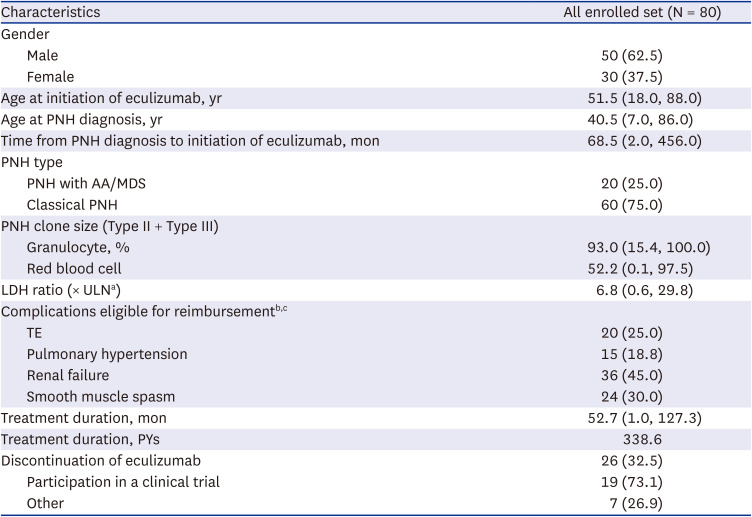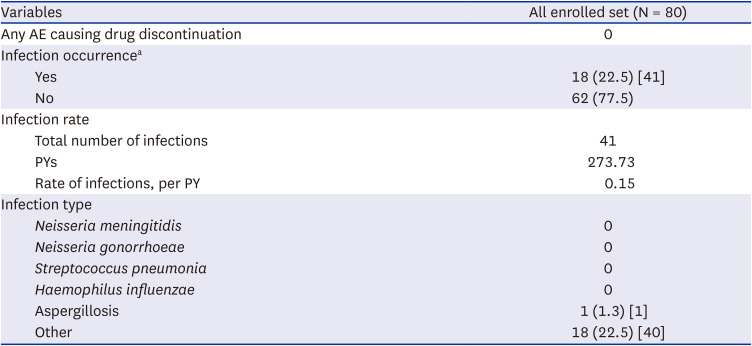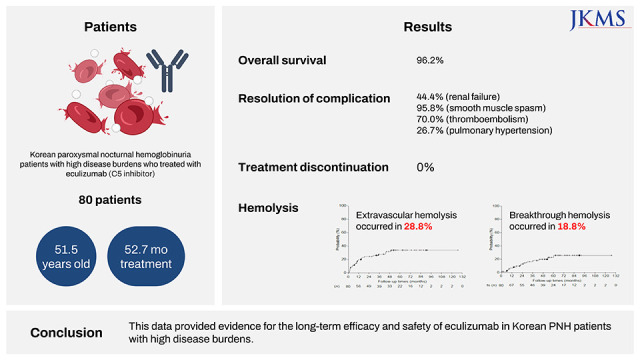1Division of Hematology, Department of Internal Medicine, Yonsei University College of Medicine, Severance Hospital, Seoul, Korea.
2Division of Hematology-Oncology, Department of Medicine, Samsung Medical Center, Sungkyunkwan University School of Medicine, Seoul, Korea.
3Department of Internal Medicine, Chungnam National University College of Medicine, Daejeon, Korea.
4Department of Hematology-Oncology, Chonnam National University Hwasun Hospital, Hwasun, Korea.
5Division of Hematology/Medical Oncology, Department of Internal Medicine, Seoul National University Hospital, Seoul National University College of Medicine, Seoul, Korea.
6Department of Hematology, Asan Medical Center, University of Ulsan College of Medicine, Seoul, Korea.
7Division of Hematology and Oncology, Department of Internal Medicine, Dong-A University Hospital, Dong-A University College of Medicine, Busan, Korea.
8Department of Internal Medicine, Korea University Guro Hospital, Seoul, Korea.
9Department of Internal Medicine, Medical Research Institute, Pusan National University Hospital, Pusan National University School of Medicine, Busan, Korea.
10Division of Hematology-Oncology, Department of Medicine, Yeungnam University College of Medicine, Daegu, Korea.
11Division of Hematology, Department of Internal Medicine, Gachon University Gil Medical Center, Incheon, Korea.
12Department of Internal Medicine, College of Medicine, Ewha Womans University, Seoul, Korea.
13Department of Hematology-Oncology, Division of Internal Medicine, Wonju Severance Christian Hospital, Yonsei College of Medicine, Seoul, Korea.
14Center of Evidence Based Medicine, Institute of Convergence Science, Yonsei University, Seoul, Korea.
15Clinical Research, Handok Inc., Seoul, Korea.
16Medical Affairs, Handok Inc., Seoul, Korea.
17Division of Hematology, Seoul St. Mary’s Hospital, College of Medicine, The Catholic University of Korea, Seoul, Korea.








 PDF
PDF Citation
Citation Print
Print




 XML Download
XML Download